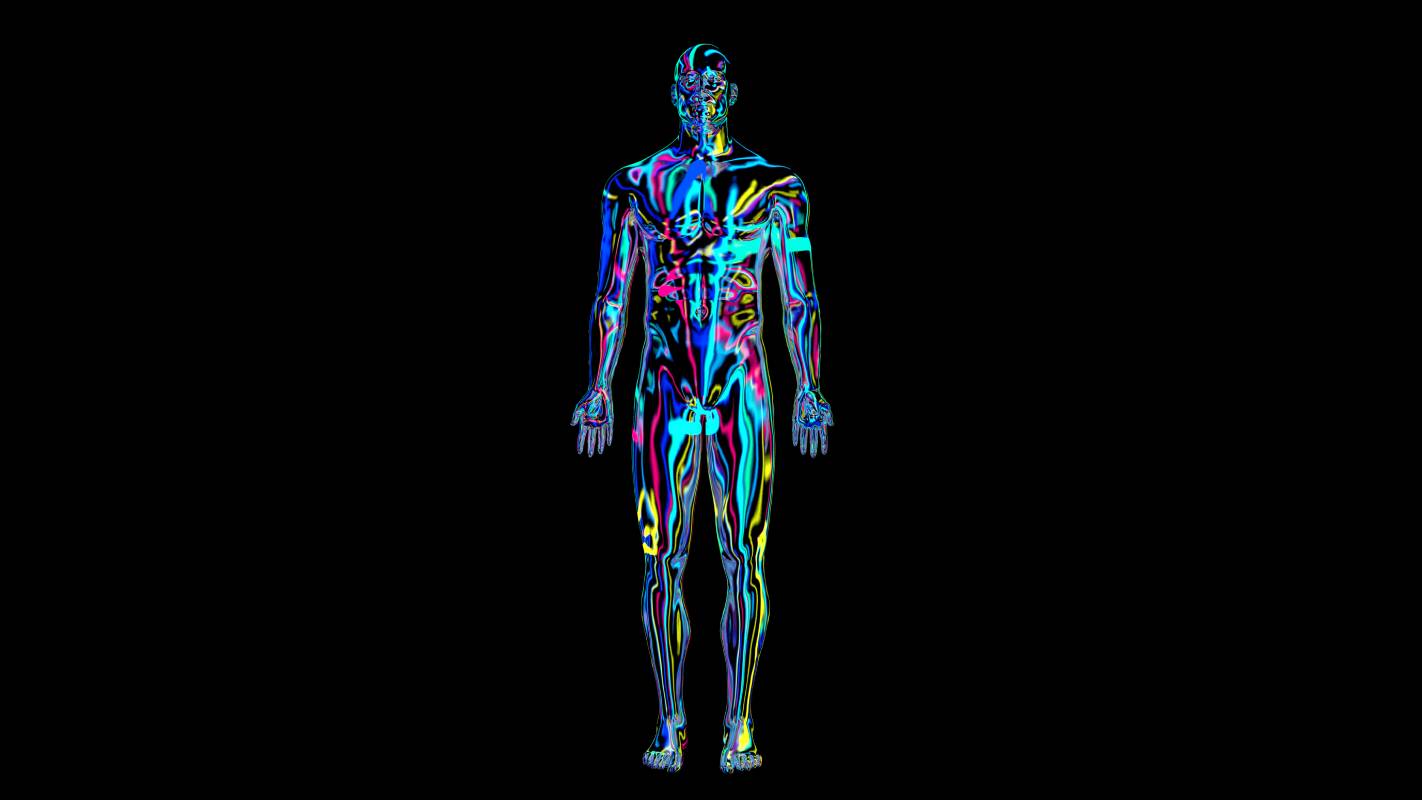Complex regional pain syndrome (CRPS) is a chronic neurological condition of the limbs [1]. It is characterized by both inflammatory and autonomic symptoms, including pain, impaired motor function, swelling, sudomotor abnormality, and vasomotor instability [1, 2]. CRPS can significantly reduce patients’ ability to function and participate in daily life [2]. Previous studies have estimated the incidence of CRPS to be anywhere from 5.5 to 26.2 per 100,000 person-years, depending on the nation of study [3, 4]. Given the demonstrated benefits of early treatment, clinicians should be familiar with the current body of knowledge surrounding CRPS to best address their patients’ needs [4].
There are two types of complex regional pain syndrome, distinguished by whether a patient has an identifiable nerve lesion (type II) or not (type I) [5]. However, this distinction is not always consistent: patients who experience a bone fracture or surgery that leads to peripheral nerve fiber damage are often classified as having type I [5].
Patients with either type of CRPS can present sensory, motor, and autonomic irregularities [6]. The most common and pressing symptoms of the syndrome are burning, pricking, or aching pain and hyperalgesia [6]. Patients also report numbness and paresthesia [6]. In terms of motor disturbances, people with CRPS often feel weak at the site of injury [6]. They may also experience tremors, myoclonus, focal dystonia, and deep tendon reflexes without associated pyramidal tract signs [6]. Along with distal limb edema, a common autonomic response is skin and temperature changes in the affected limb [6]. Patients may present with hot red skin during the first few months of the syndrome, followed by cold blue skin in its later, chronic stages [6]. Sweating disparities between affected and unaffected limbs, as well as altered hair, nail, and skin growth patterns in the relevant region are also common [2].
Many helpful means of diagnosis exist, but none are infallible [6]. Radiography can detect osteoporotic adjustments within a month or two of injury, but such adjustments are present in only about 40% of cases [6]. Three-phase bone scintigraphy can indicate increased bone metabolism if increased tracer uptake is detected, but its sensitivity is considered a limiting factor [6]. MRI can reveal edema in deep tissue, as well as subtle enhancement following gadolinium injection, indicating increased blood vessel permeability [6]. Additionally, clinicians can apply indicator-starch powder to a patients’ limbs to detect the difference in sweat patterns between affected and unaffected areas [4].
To prevent CRPS, individuals can consume vitamin C, especially after limb fracture or injury [2]. This recommendation stems from vitamin C’s antioxidant capacities [2]. Antioxidants can reduce the inflammation associated with acute CRPS [2]. Furthermore, clinicians should prevent ischemic perfusion injury by avoiding tourniquet use whenever possible [2].
The primary goal in treating complex regional pain syndrome is to manage pain and recover lost limb function [4]. Because CRPS involves a broad range of biopsychosocial symptoms, clinicians believe that a multidisciplinary approach is most effective [2]. While randomized controlled trials have yet to confirm this hypothesis, researchers have made progress in individually testing certain approaches [2]. Two reviews found subanesthetic ketamine, bisphosphonates, physical therapy, and occupational therapy at least somewhat effective [2]. Those reviews considered sympathetic blocks to most likely be ineffective [2]. Researchers have recommended ibuprofen and celecoxib in the disorder’s acute phases, and metamizole and controlled release opioids if CRPS becomes chronic [4].
More randomized controlled trials must occur to better distinguish between medications and therapies. Considering the substantial strides that researchers have made over the last two decades, there is considerable hope that this multifaceted disorder will become more treatable in the near future [2].
References
[1] R. Albazaz et al., “Complex Regional Pain Syndrome: A Review,” Annals of Vascular Surgery, vol. 22, no. 2, p. 297-306, March-April 2008. [Online]. Available: https://doi.org/10.1016/j.avsg.2007.10.006.
[2] S. Bruehl, “Complex regional pain syndrome,” Boston Medical Journal, vol. 351, p. 1-13, July 2015. [Online]. Available: https://doi.org/10.1136/bmj.h2730.
[3] M. de Mos et al., “The incidence of complex regional pain syndrome: A population-based study,” Pain, vol. 129, no. 1-2, p. 12-20, May 2007. [Online]. Available: https://doi.org/10.1016/j.pain.2006.09.008.
[4] S. J. Sebastin, “Complex regional pain syndrome,” Indian Journal of Plastic Surgery, vol. 44, no. 2, p. 298-307, May-August 2011. [Online]. Available: https://doi.org/10.4103/0970-0358.85351.
[5] J. Marinus and J. J. van Hilten, “Clinical features and pathophysiology of complex regional pain syndrome,” The Lancet Neurology, vol. 10, no. 7, p. 637-648, July 2011. [Online]. Available: https://doi.org/10.1016/S1474-4422(11)70106-5.
[6] F. Birklein, “Complex regional pain syndrome,” Journal of Neurology, vol. 252, p. 131-138, November 2004. [Online]. Available: https://doi.org/10.1007/s00415-005-0737-8.
